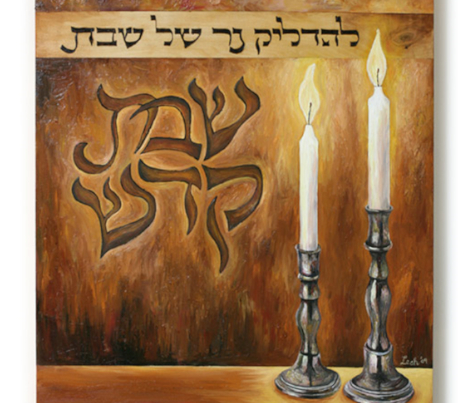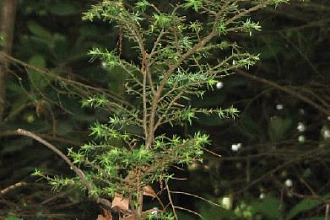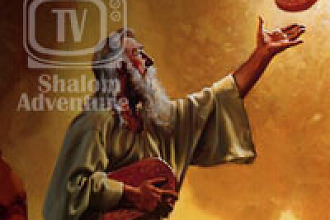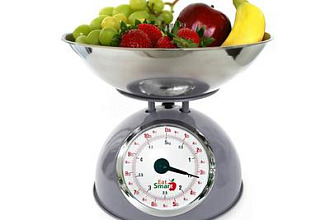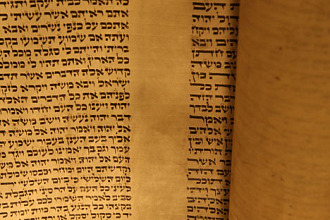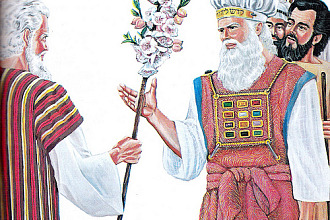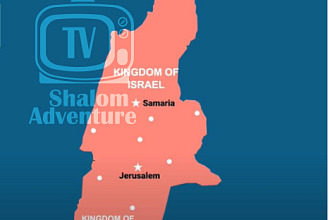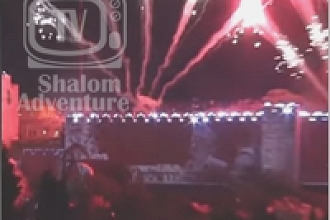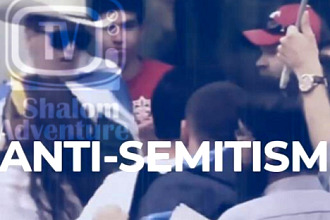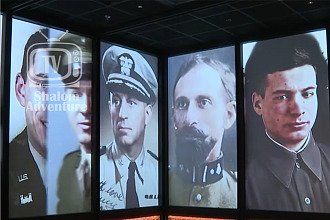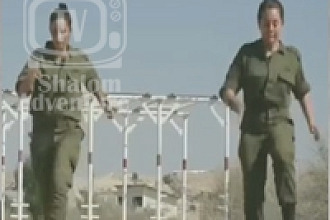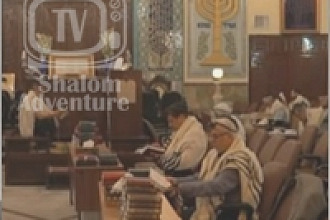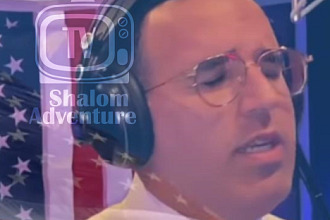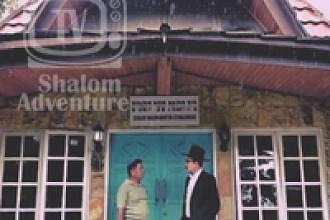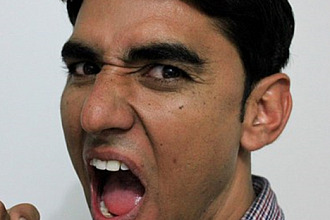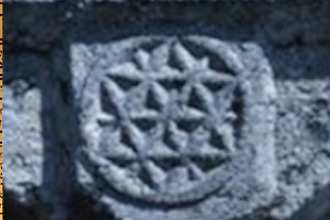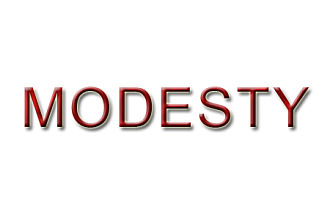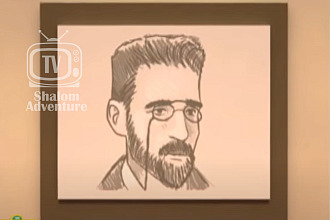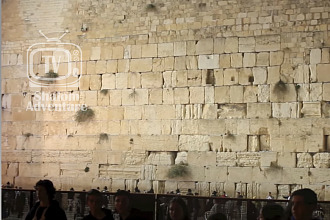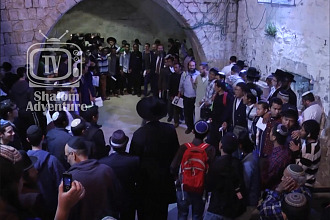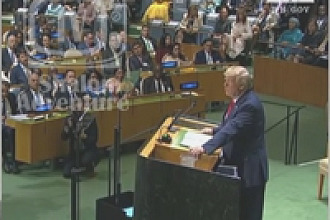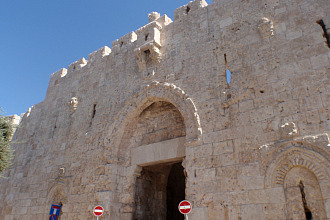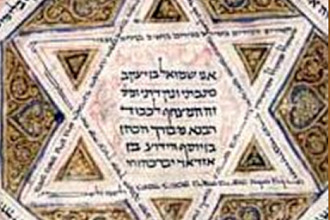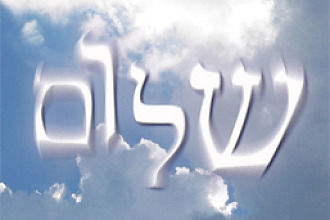One of the most well known Jewish customs connected with the observance of Shabbat (the Sabbath) is the lighting of lamps or candles before sunset on Friday night. The practice is often thought to have been initiated by the Pharisees, a Jewish sect in the late Second Temple period. The practice is ancient and according to the first century Jewish historian Josephus, its popularity had even spread among non-Jewish communities.
Today, the lighting of a special lamp or candles on the eve of the Sabbath is regarded as a religious duty. The early Tannaim (the first generation of rabbis of the Mishnaic and Talmudic period) viewed it as a well-known practice so much so that their discussions often dealt with the minor details connected with it, sch as the kind of wick or oil to be allowed as opposed to its origin. While the Hebrew Bible does not explicity direct the lighting of Sabbath lights, it does prohibit the kindling of lights on the Sabbath. The inference therefore is to provide light before the onset of the Sabbath.
Other rabbis held differing views as to whether the lighting of the Sabbath lamp was an obligation or a mitzvah (commandment). While it was and is considered obligatory for men and women, it is especially incumbent upon the woman of the house. If no woman lives in the house or she is unavailable, the obligation rests upon the man of the house according to the Code of Jewish Law known as the Shulchan Aruch.
The bracha (blessing) said at the lighting of the Sabbath candles is: "Blessed art Thou O L-rd. who hast sanctified us with Thy commandments and commanded us to kindle the lights of the Sabbath. In some Jewish communities women also recite a prayer for the health and prosperity of their families.
The lighting of the Sabbath lamp was considered an obligation which had to be discharged before dark set in. Some rabbis demanded that at least two lamps or candles should be lighted. The reason for this lies in the desire to to express the commandment to "zachor" (remember) the Sabbath as found in Exodus 20. The other commandment, "shamor" (observe) is found in the book of Deuteronomy.
The Sabbath meal should only be eaten where the lamp or candles are burning. Explicit directions are given concerning the material for the wick, the kind of oil that is kosher, the manner of lighting the lamp, and to what extent one can derived benefit from the light of the Sabbath lamp or candles for reading and other purposes.
Later rabbis questioned whether lighting the candles or a lamp marked the beginning of the Sabbath rest, or whether Sabbath did not set in until after the prayers had been recited and 2iddush performed. Others contended that the recitation of Psalm 92 (the Song for the Sabbath Day) initiated the Sabbath.
Originally found here
Picture originally found here

